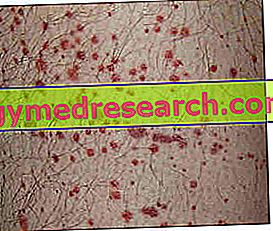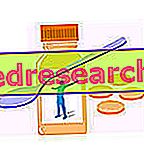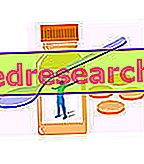
What to do
- Contact your doctor in case of recurrent or abnormal petechiae
- Treating the underlying disease
- Perform ice packs directly on the petechiae, to speed up healing
What NOT to do
- Expose the area affected by peteches to the sun
- Taking drugs intramuscularly: such behavior, in elderly patients or those prone to petechiae, could exacerbate the condition
What to eat
- Fruits and vegetables, because they are rich in antioxidants and vitamins
- Foods rich in vitamin K (eg green leafy vegetables: spinach, broccoli, cabbage), to be taken in case of vitamin K deficiency
- If necessary, supplement the diet with vitamin C (eg redoxon, Cebion, cimille): ascorbic acid strengthens the blood vessel walls
- Integrate the diet with vitamin E supplementation (eg arovit, evion, ephynal, rigentex): tocopherol inhibits the increase in permeability of capillary walls, induced by drugs or infections
- In case of antithrombotic therapy in progress, carefully follow the dietary precautions suggested by the doctor (see: diet and coumadin)
What NOT to Eat
- Saffron: excessive consumption of saffron can promote bleeding induced by the reduction of the platelet count
- Garlic: due to the anticoagulant effect, an excessive consumption of garlic can aggravate the ecchymoses dependent on alterations of the coagulation
Natural Cures and Remedies
- Some simple natural remedies can favor the resorption of the microhematoma which characterizes the ecchymosis, thus speeding up the healing time.
- Arnica-based ointments ( Arnicamontana L) → † 'anti-inflammatory action for topical use; antiechimatose, antirheumatic, analgesic properties
- Creams / ointments / gels formulated with chamomile ( Matricaria camomilla L.) → † 'anti-inflammatory, soothing properties
- Ointments formulated with horse chestnut ( Aesculus hippocastanum ) → † 'anti-inflammatory and anti-edema action
Pharmacological care
The specific care for petechiae depends on the cause that arises at the origins:
- Take vitamin C: in case of petechiae due to scurvy
- Reduce cortisol production by administering specific drugs (eg mitotane): for the treatment of petechiae related to Cushing's syndrome
- Follow a cortisone therapy: in the case of petechiae dependent on thrombocytopenia. Dexamethasone (eg decadron, soldesam) and cortisone (eg cortone) are useful.
- Take high-dose immunoglobulins to treat petechiae related to autoimmune thrombocytopenia. The drug reduces platelet destruction
- Follow a chemotherapy therapy if the petechiae depend on the tumors (leukemia)
Prevention
- Check the coagulation capacity of the blood (especially in case of antithrombotic therapy): even a possible blood coagulation defect can favor the formation of petechiae
Medical treatments
- Generally speaking, petechiae express rather mild conditions, therefore they tend to self-purify in a few days. When the bruises form real ecchymotic masks, it is possible to intervene through:
- Compression / elastic bandage: limits the swelling of the fabric
- Surgical evacuative treatment: generally indicated for severe forms, in which the ecchymoses are associated with deep hematomas



